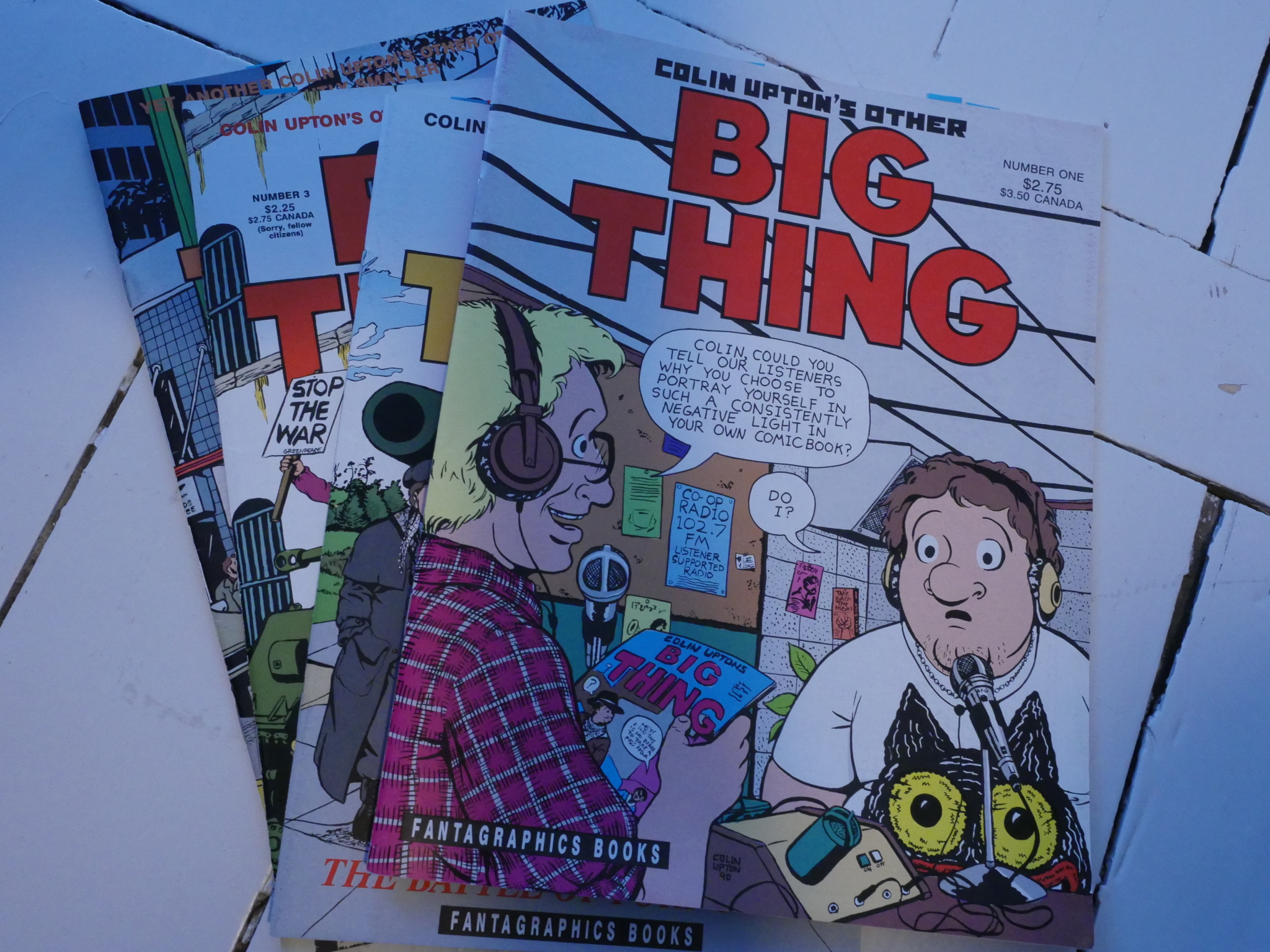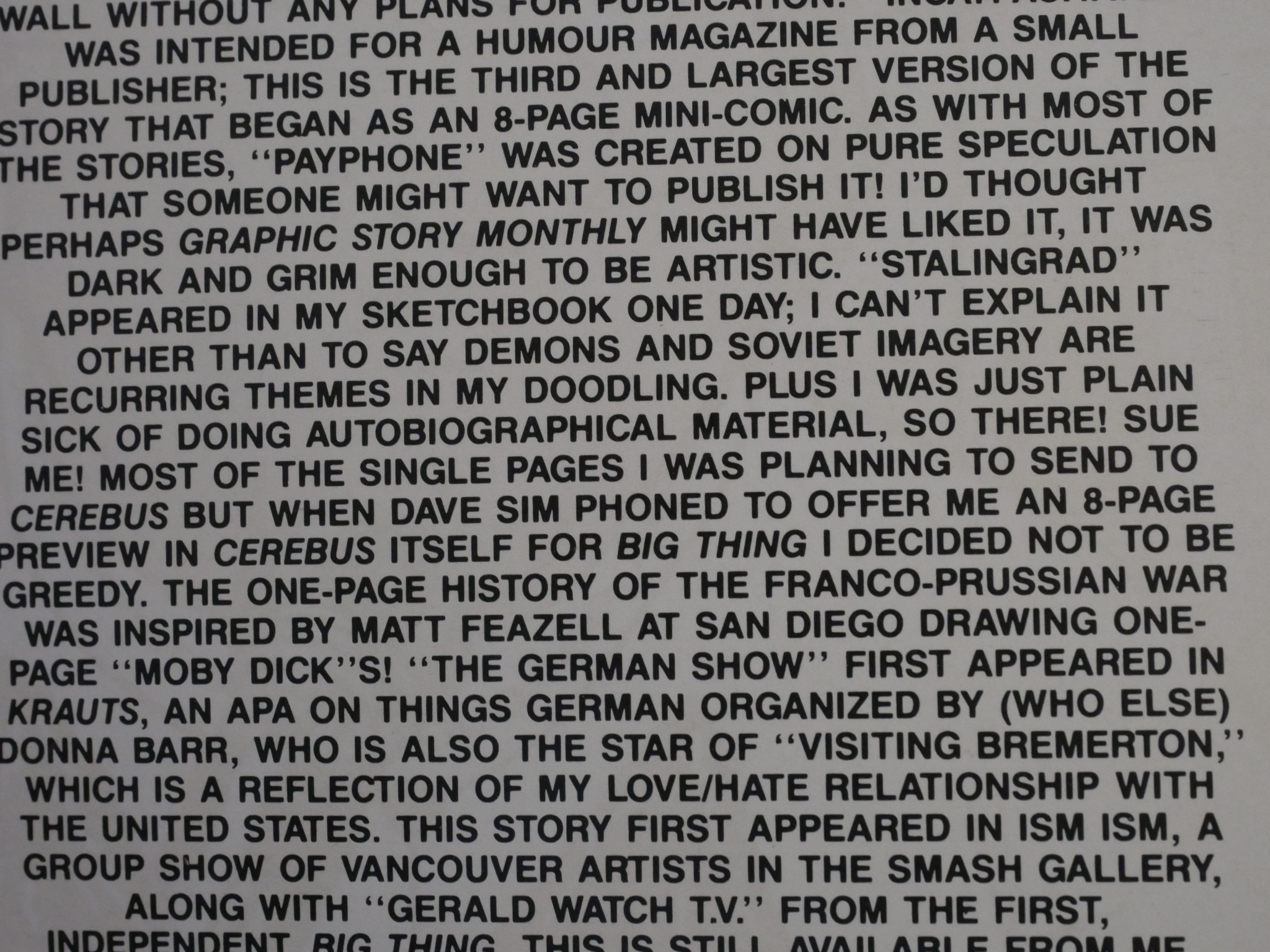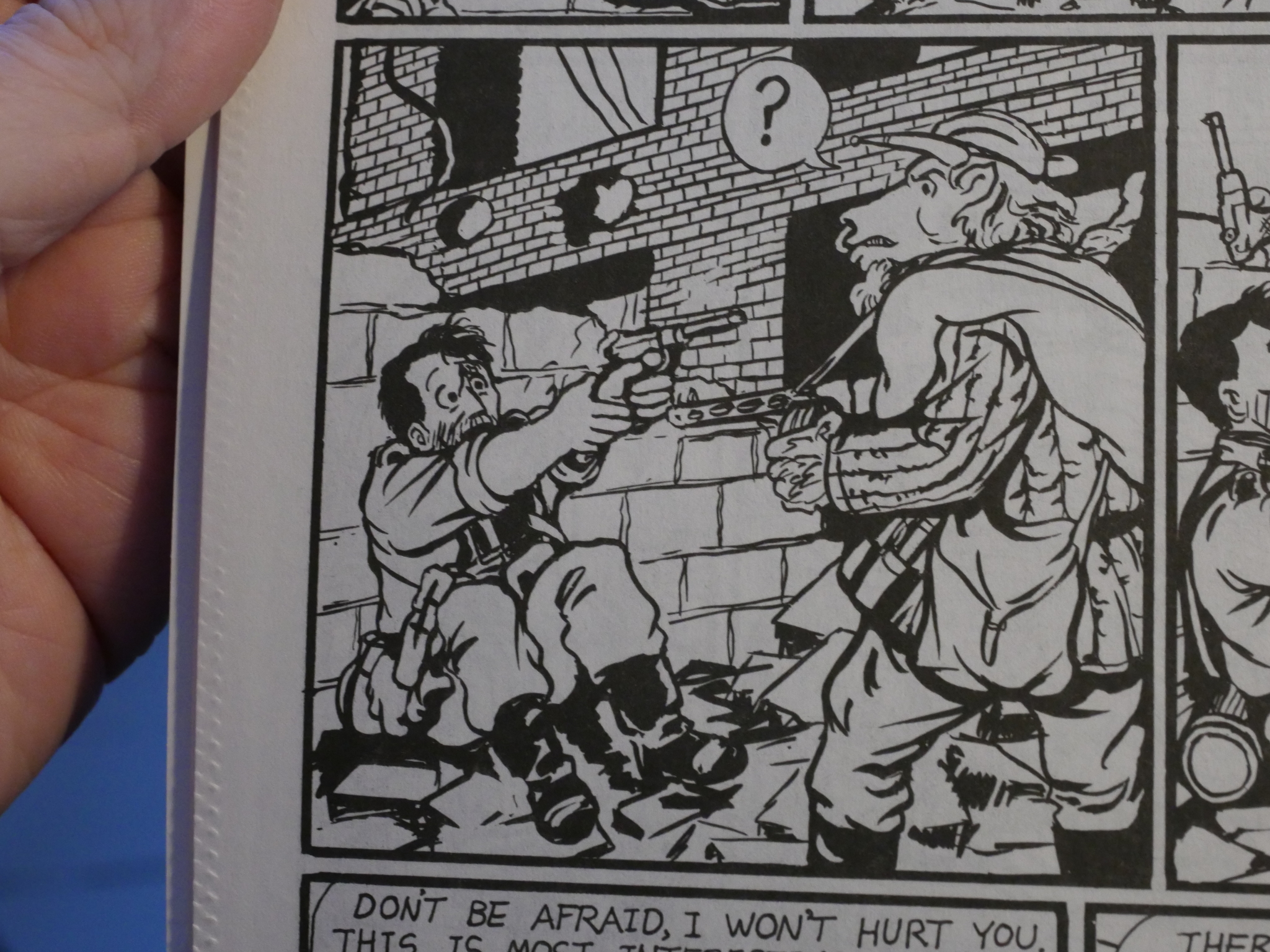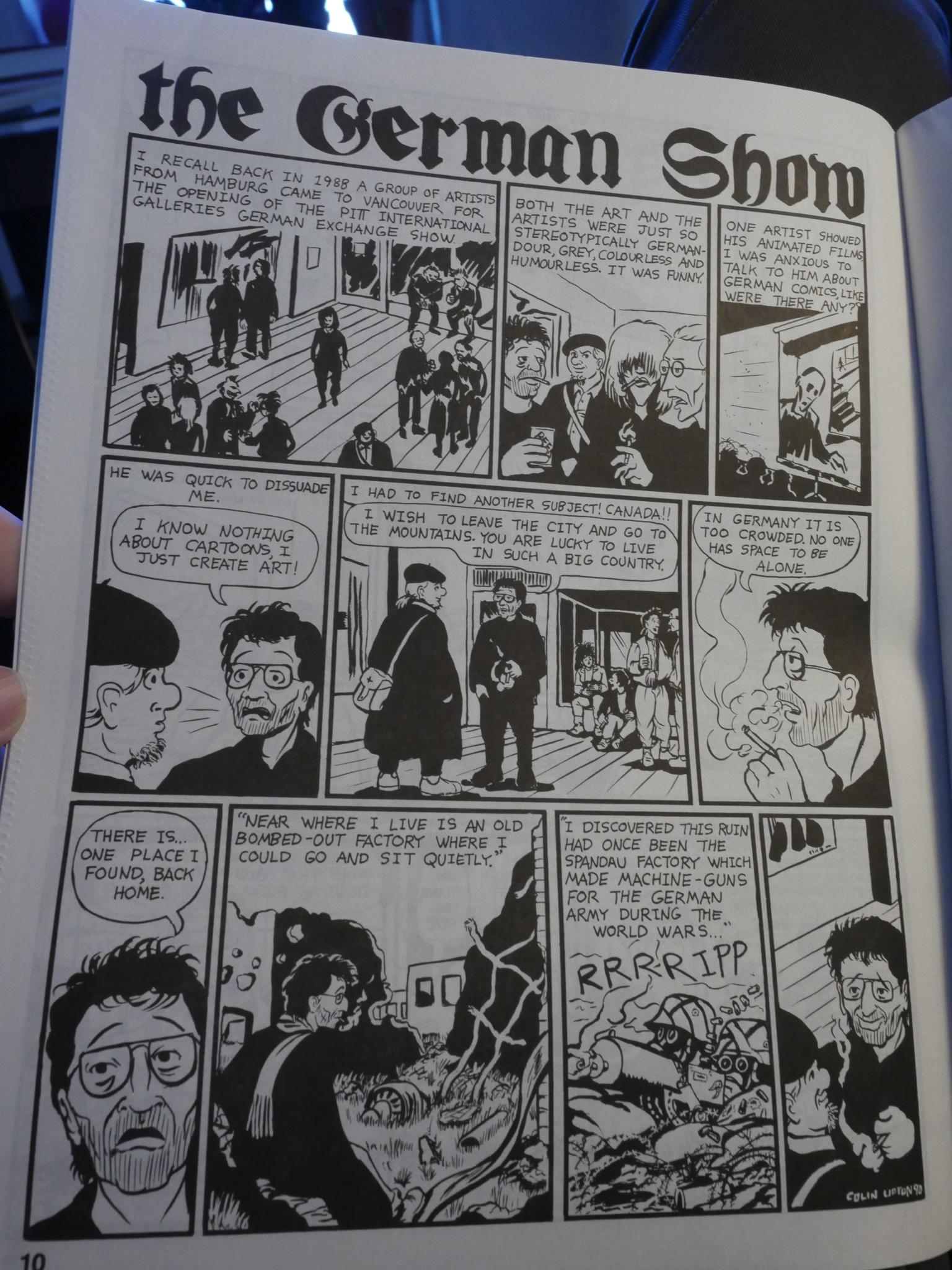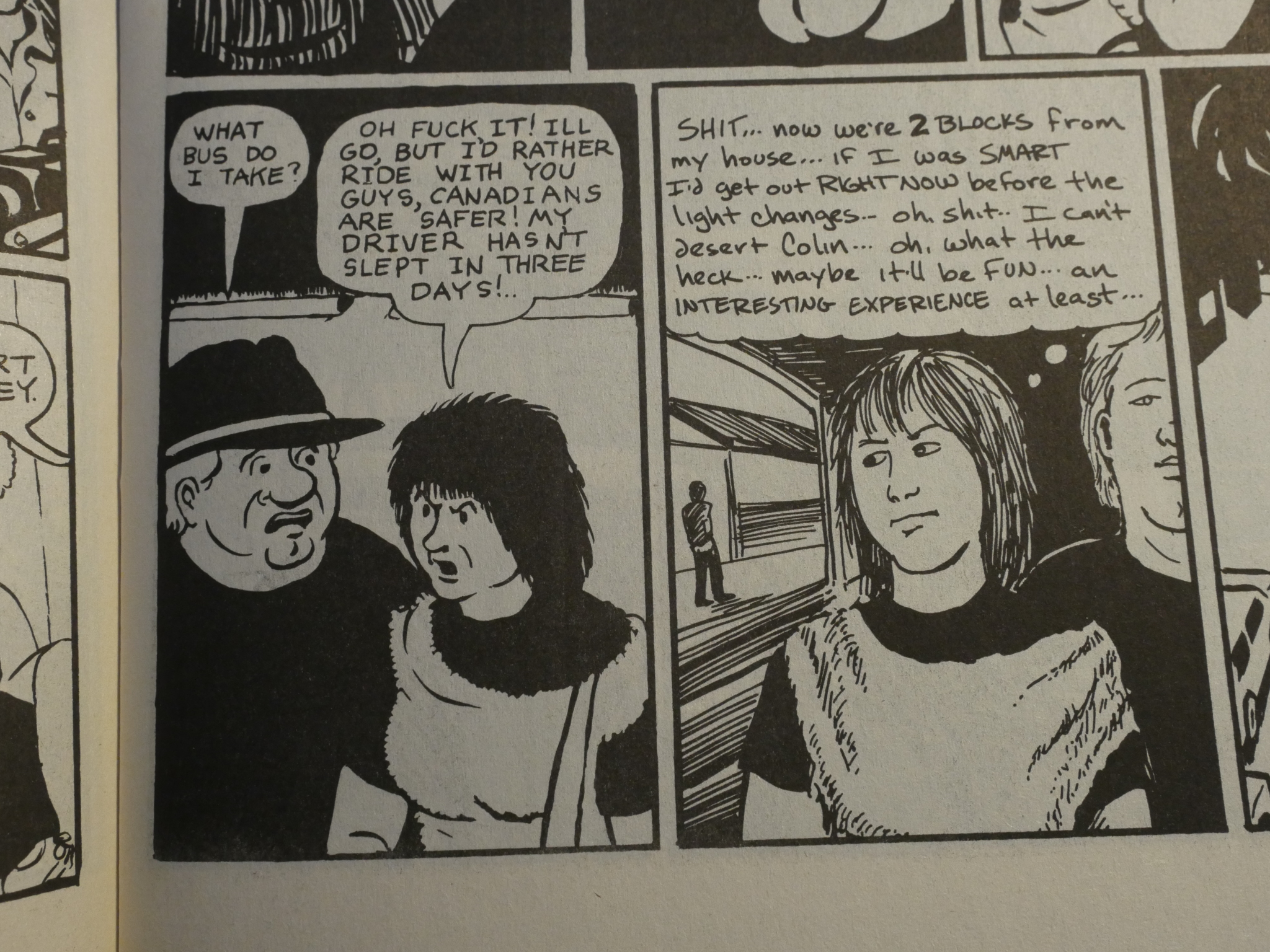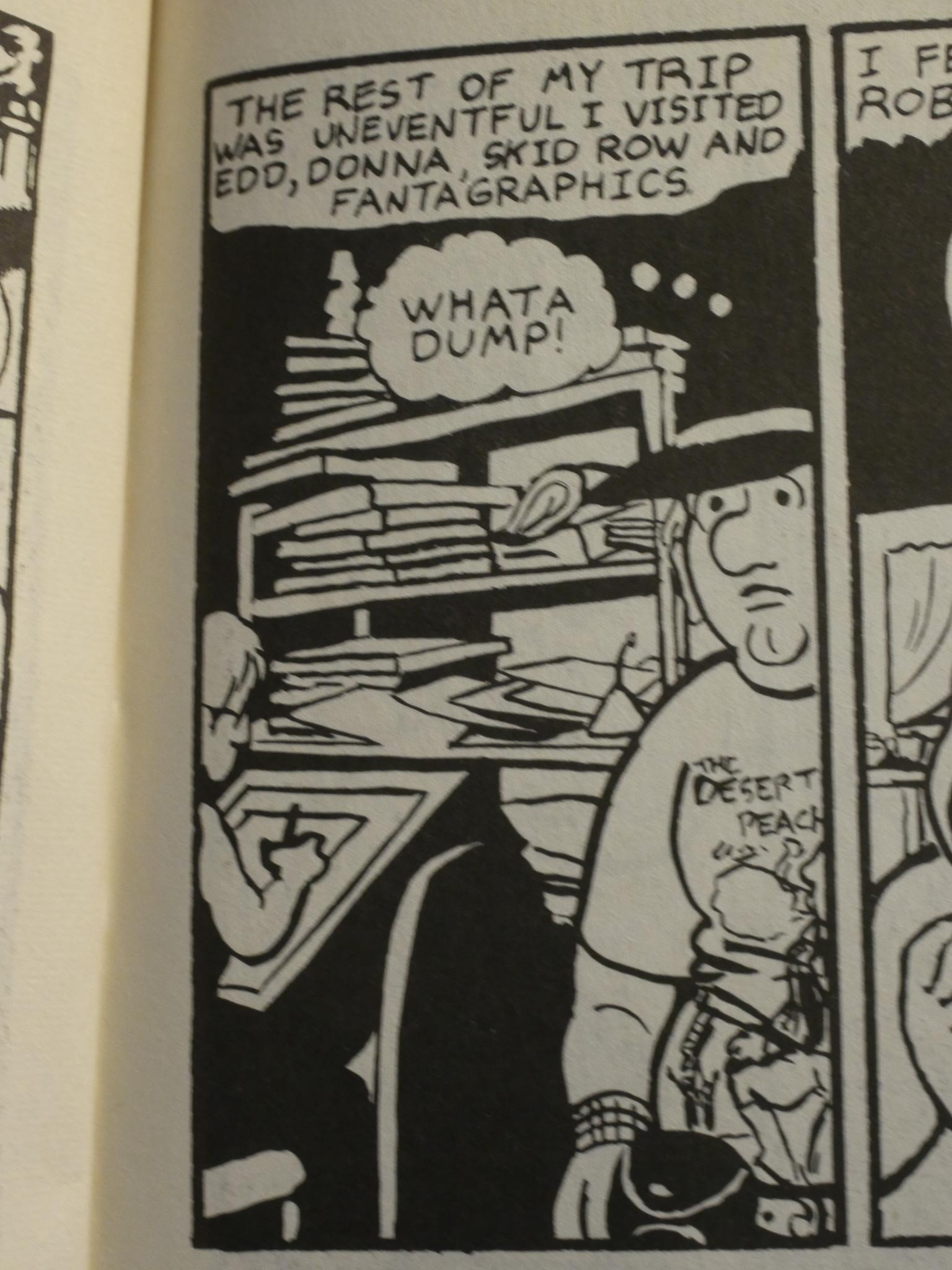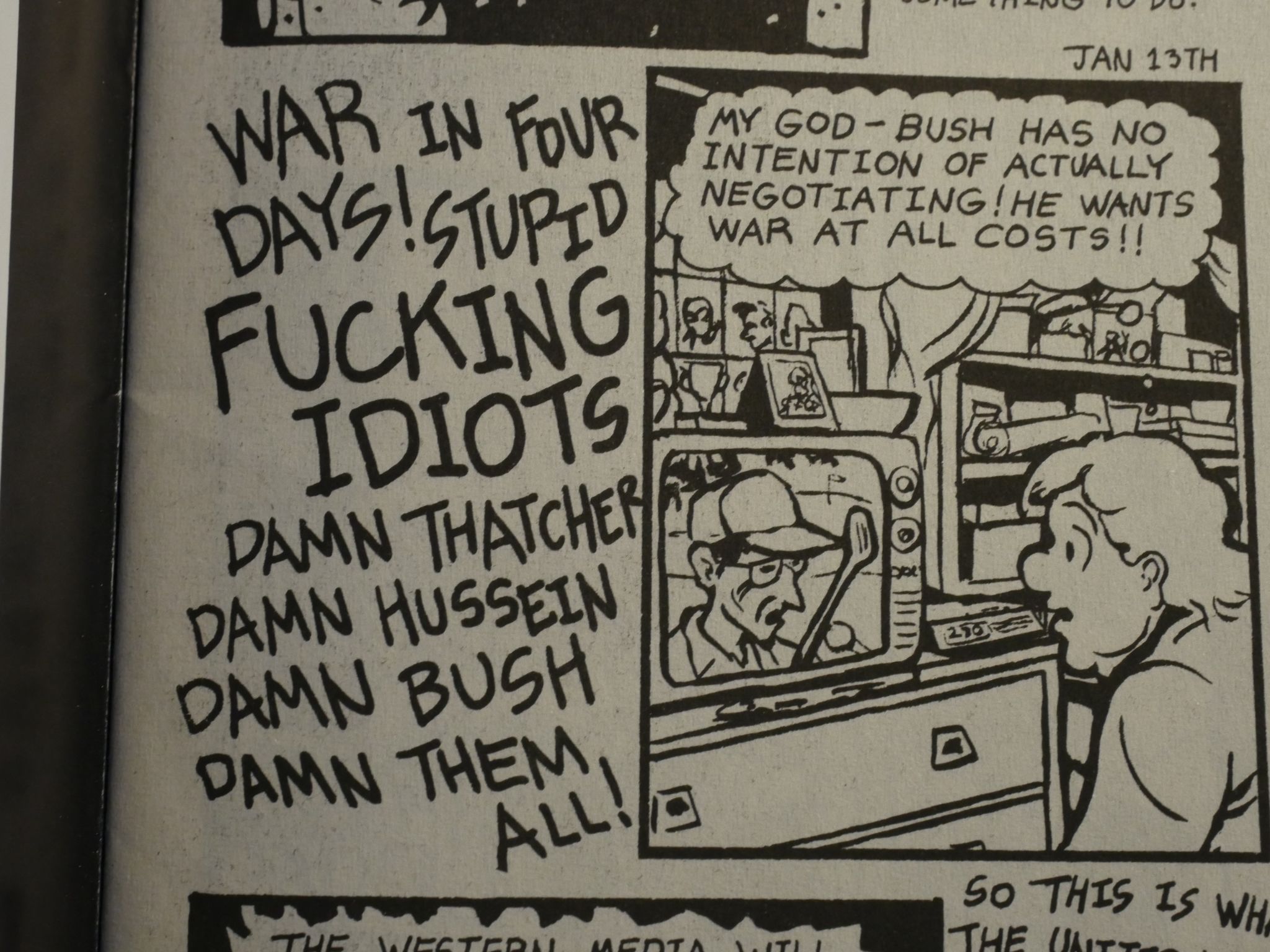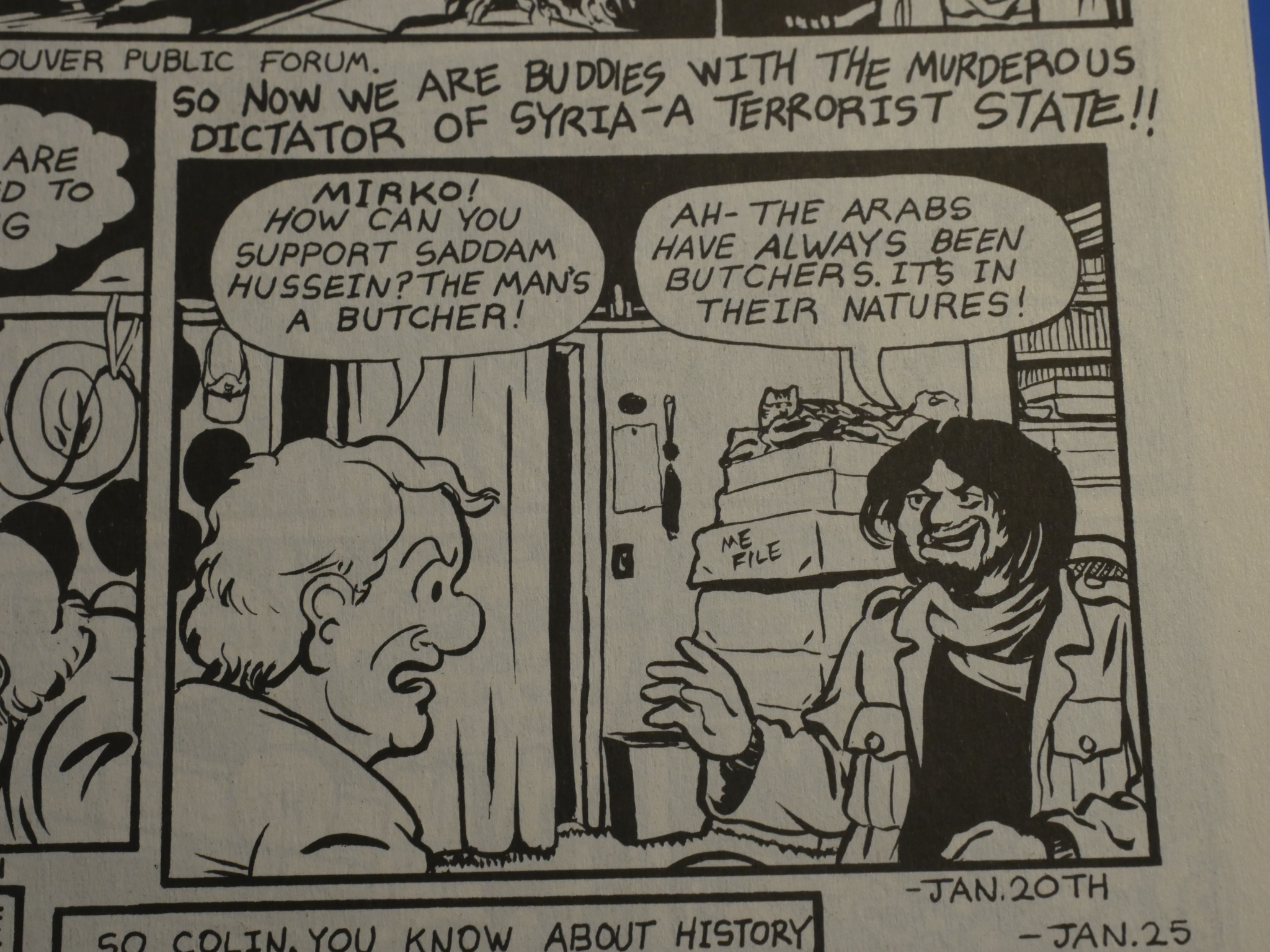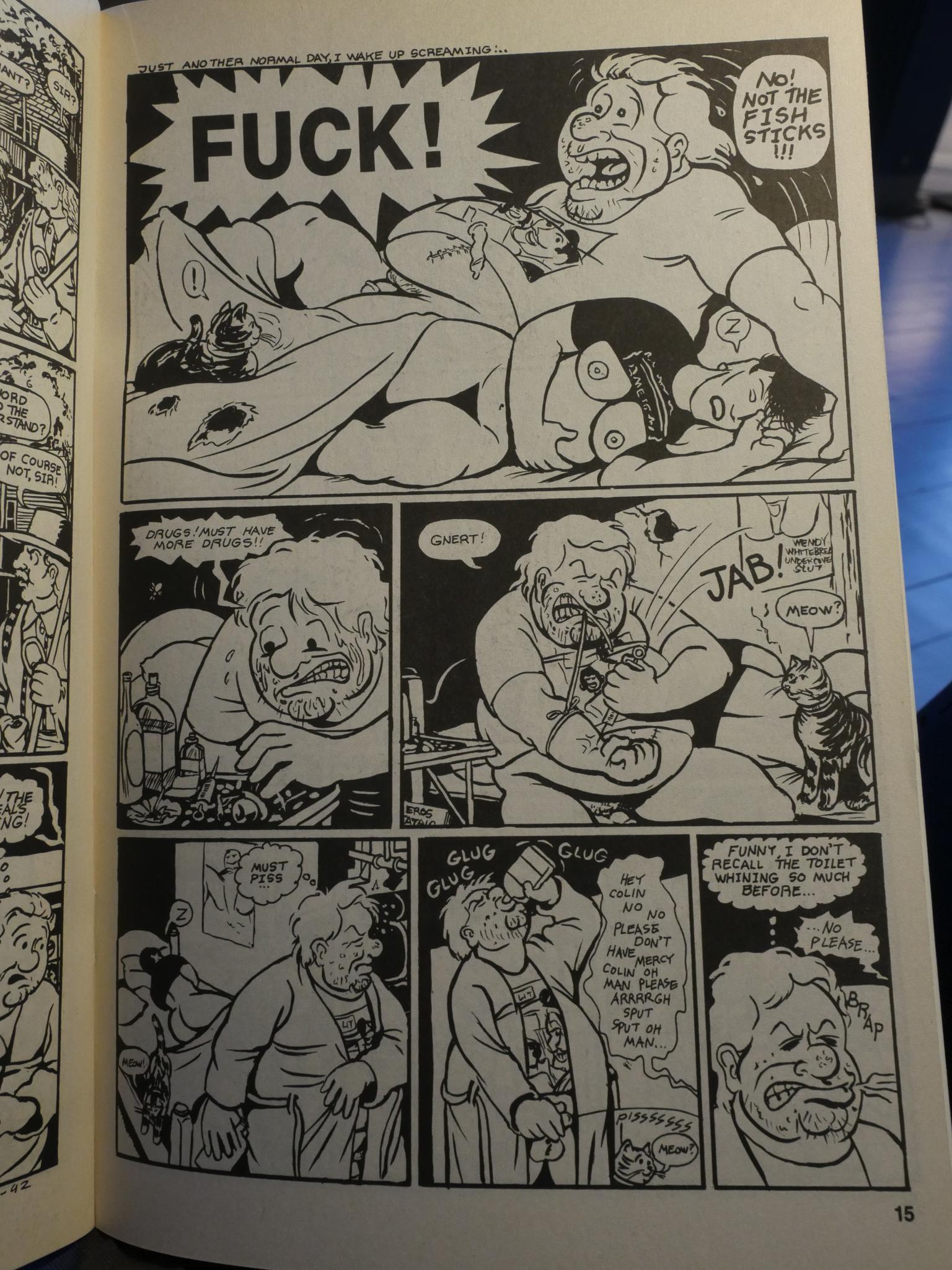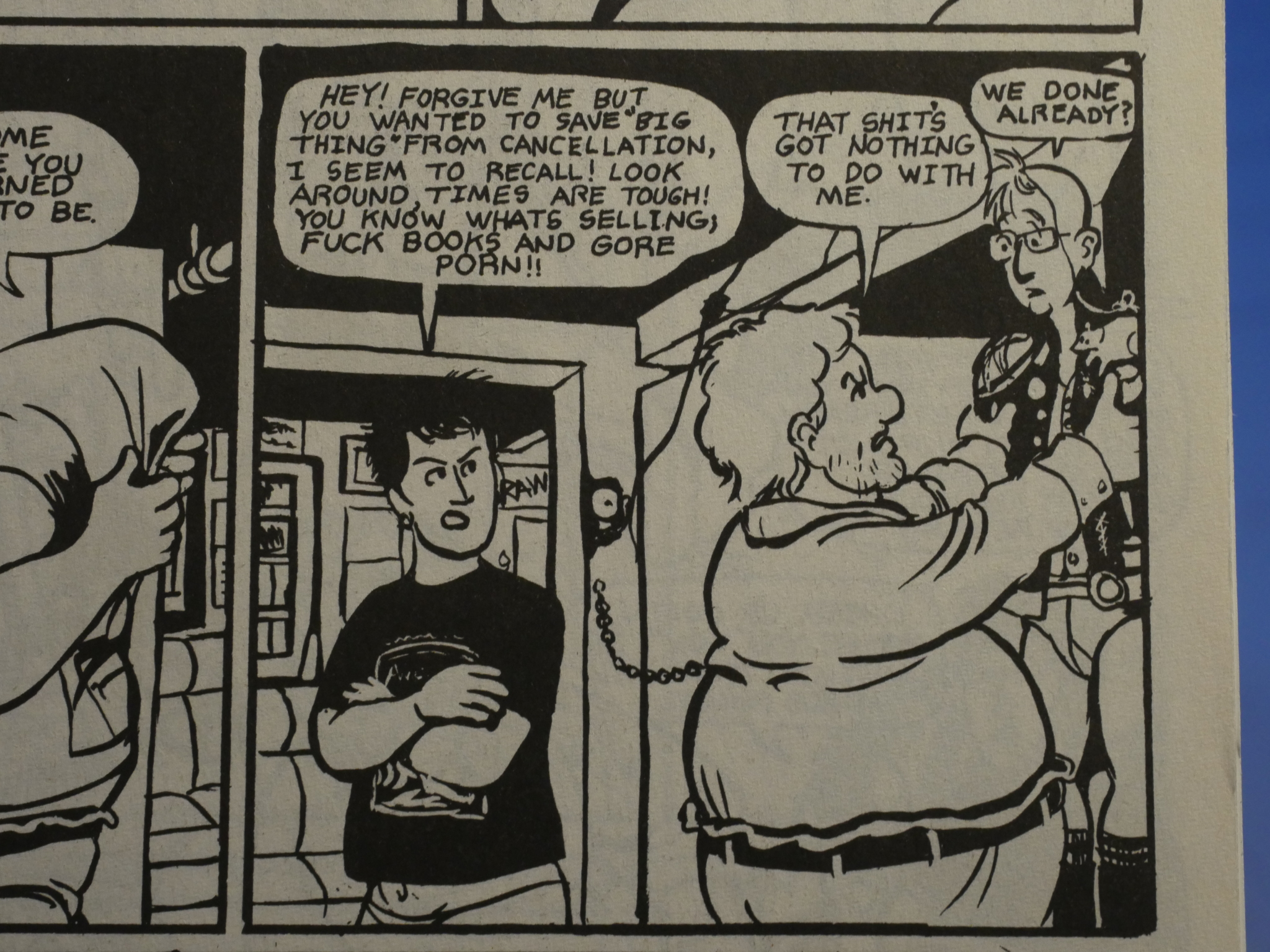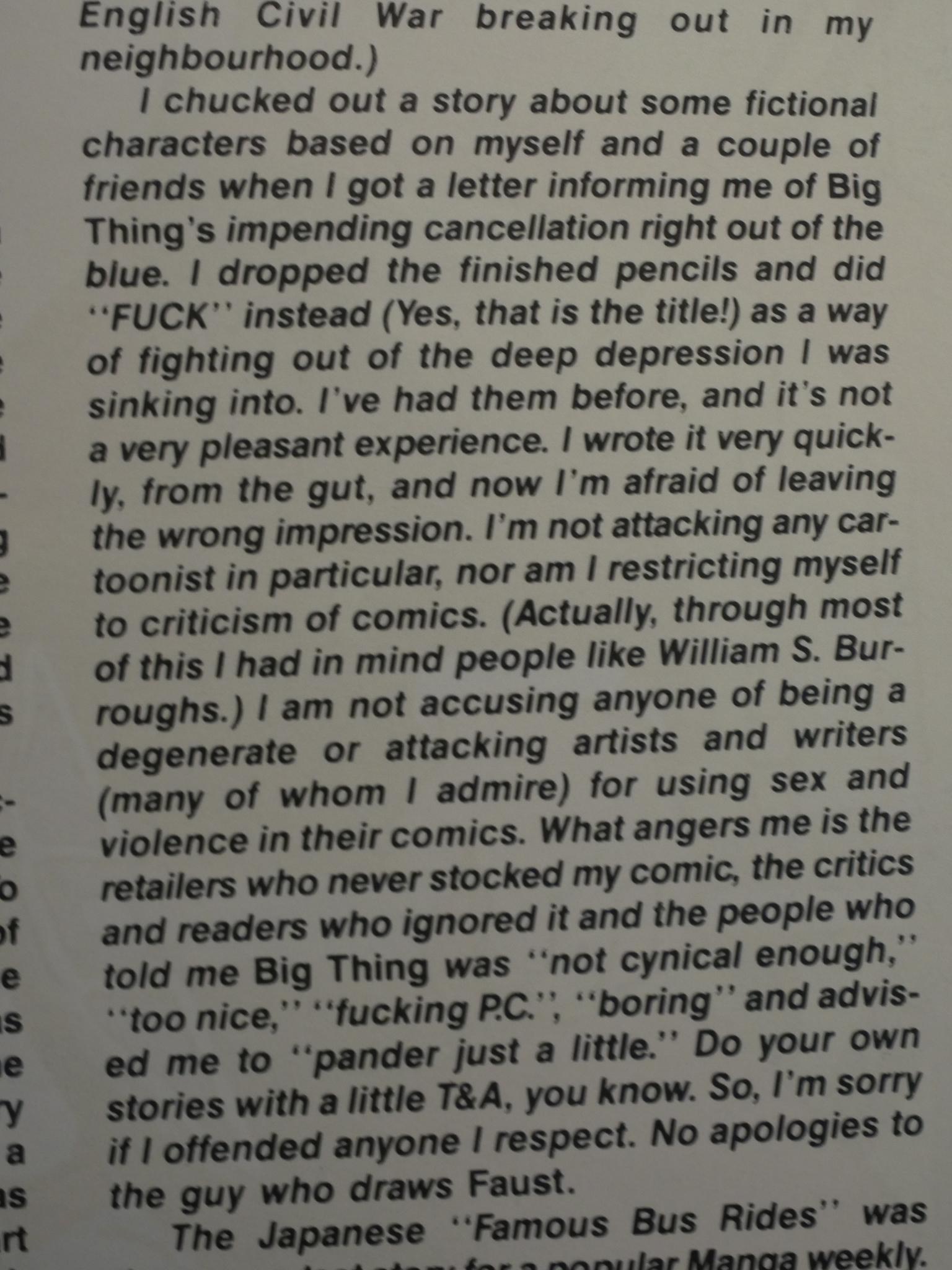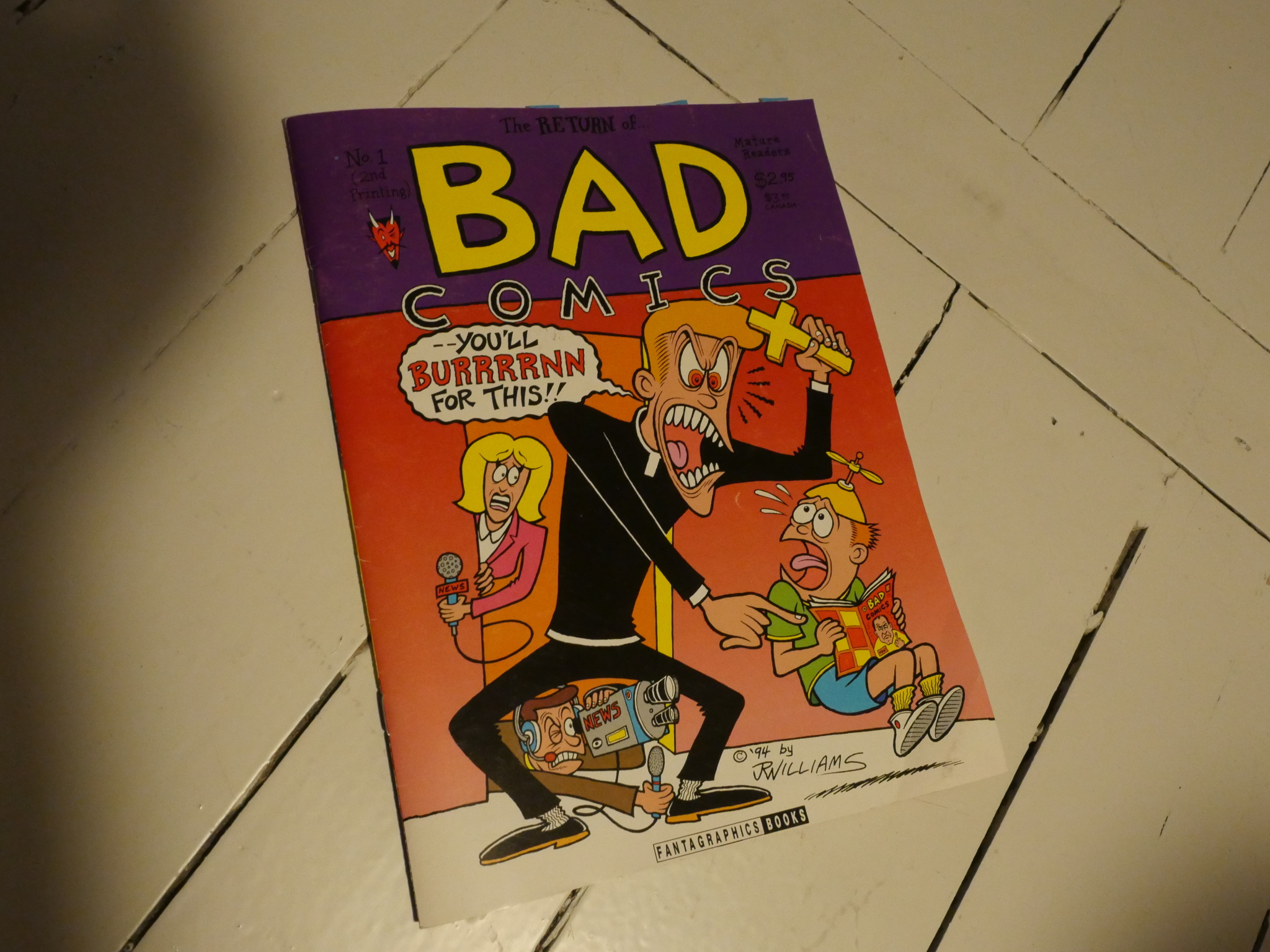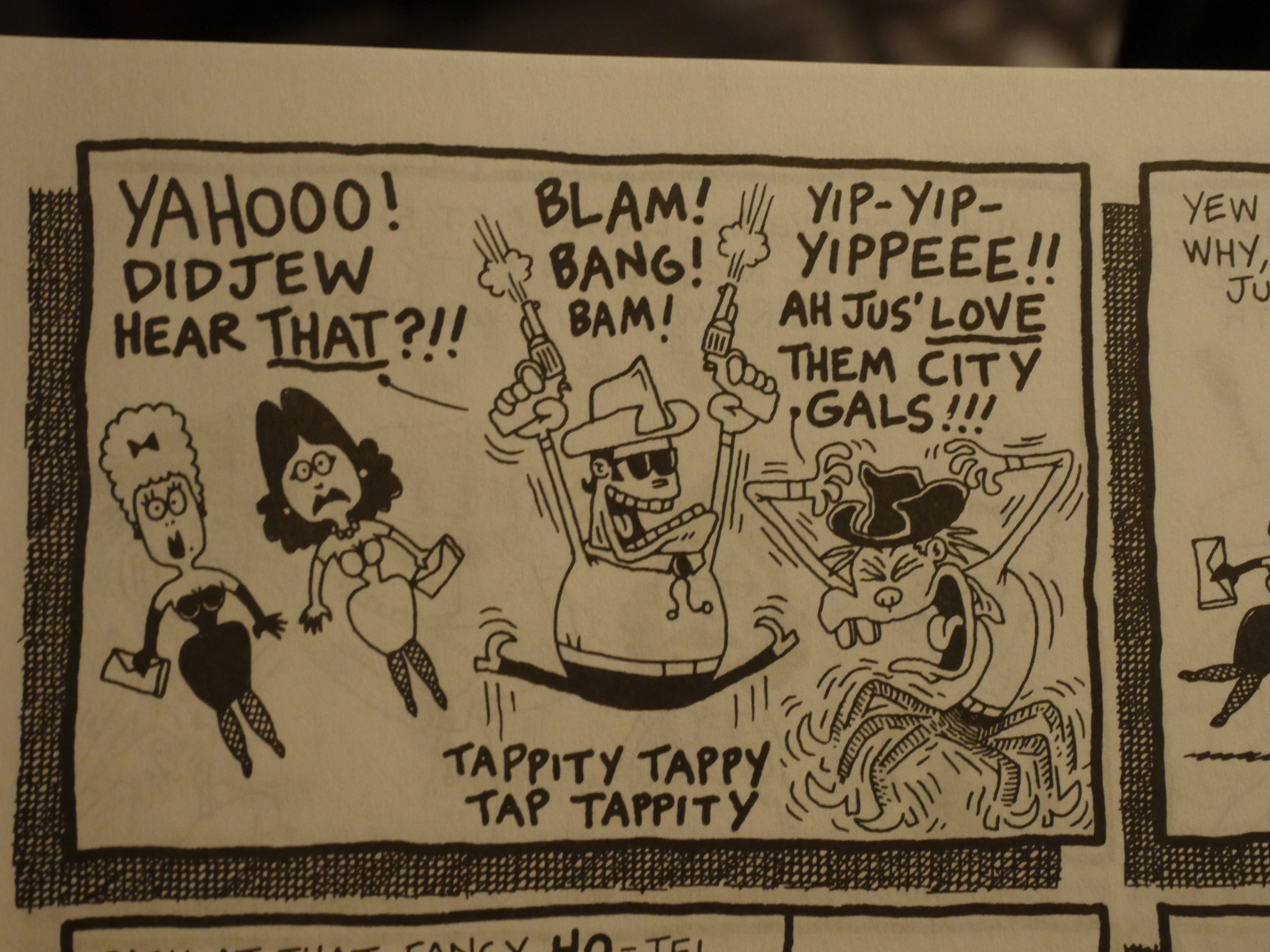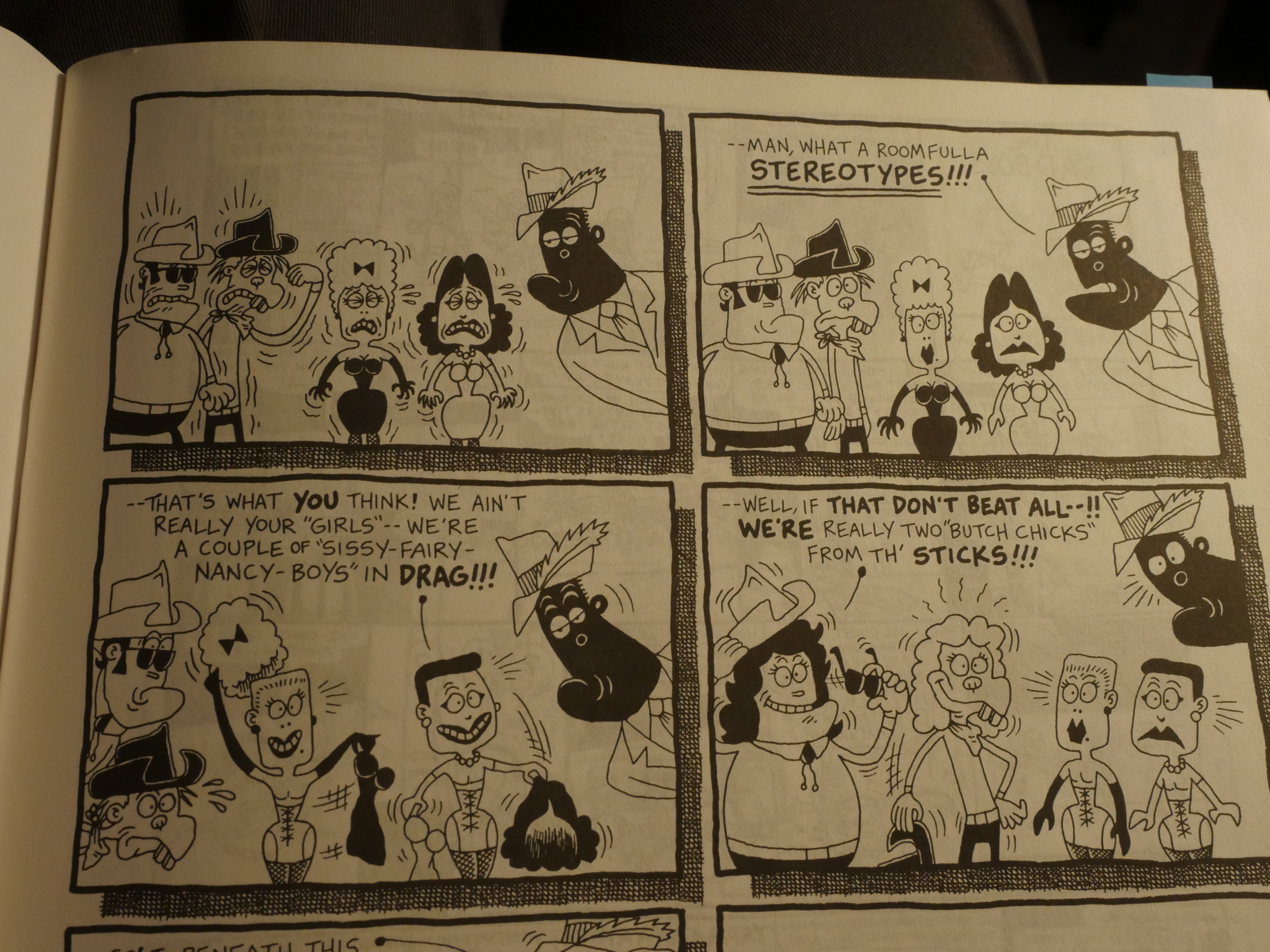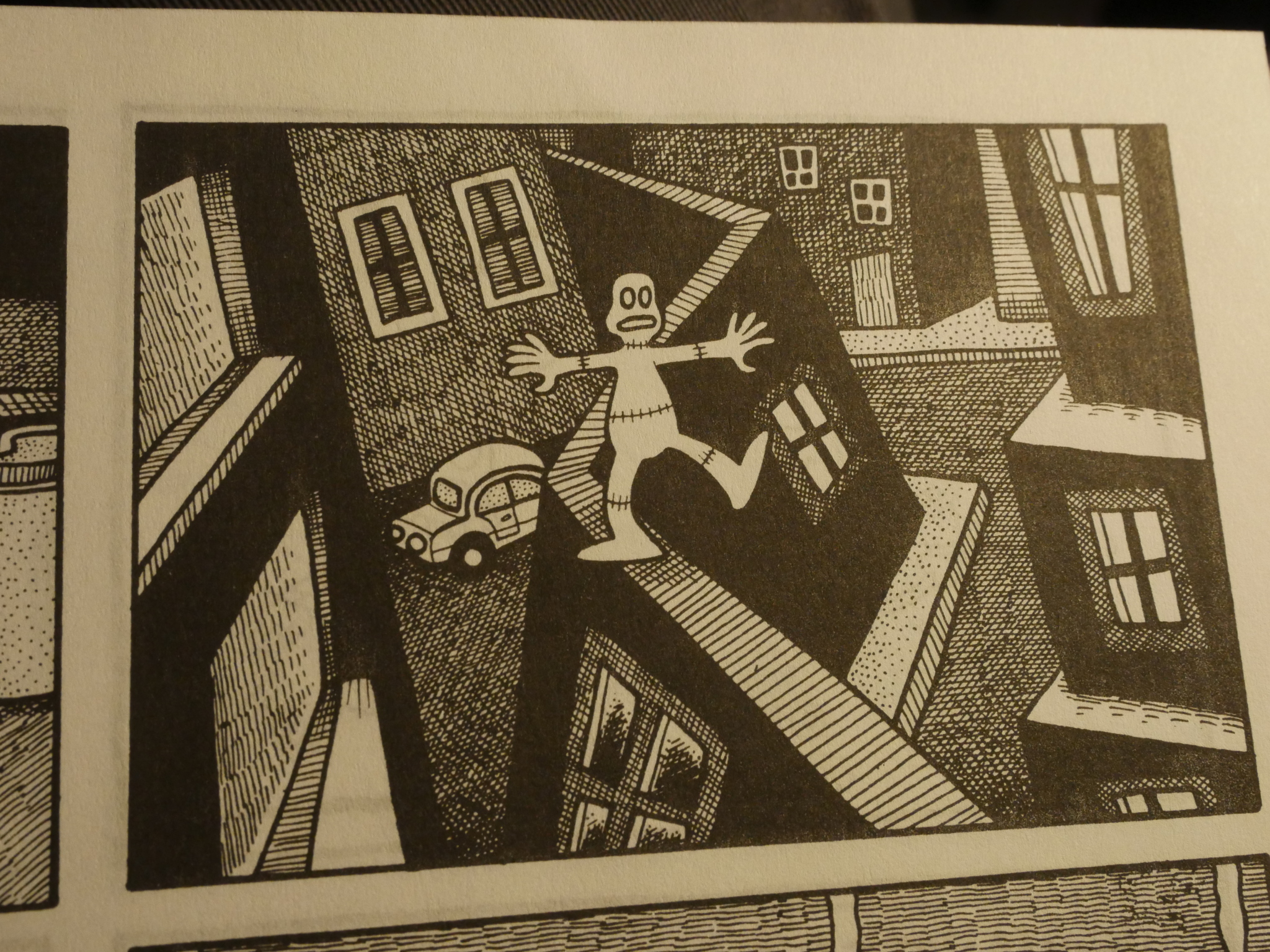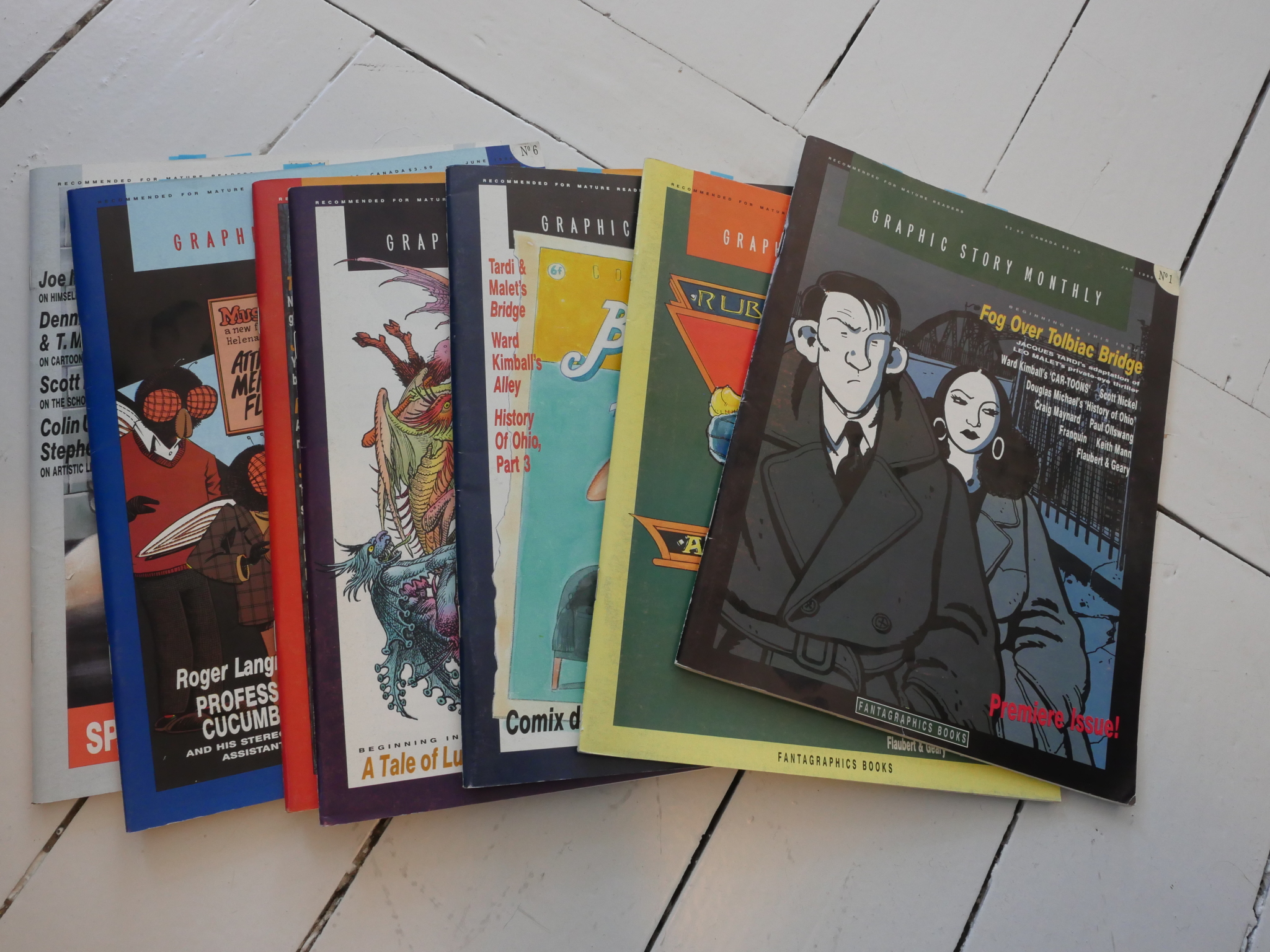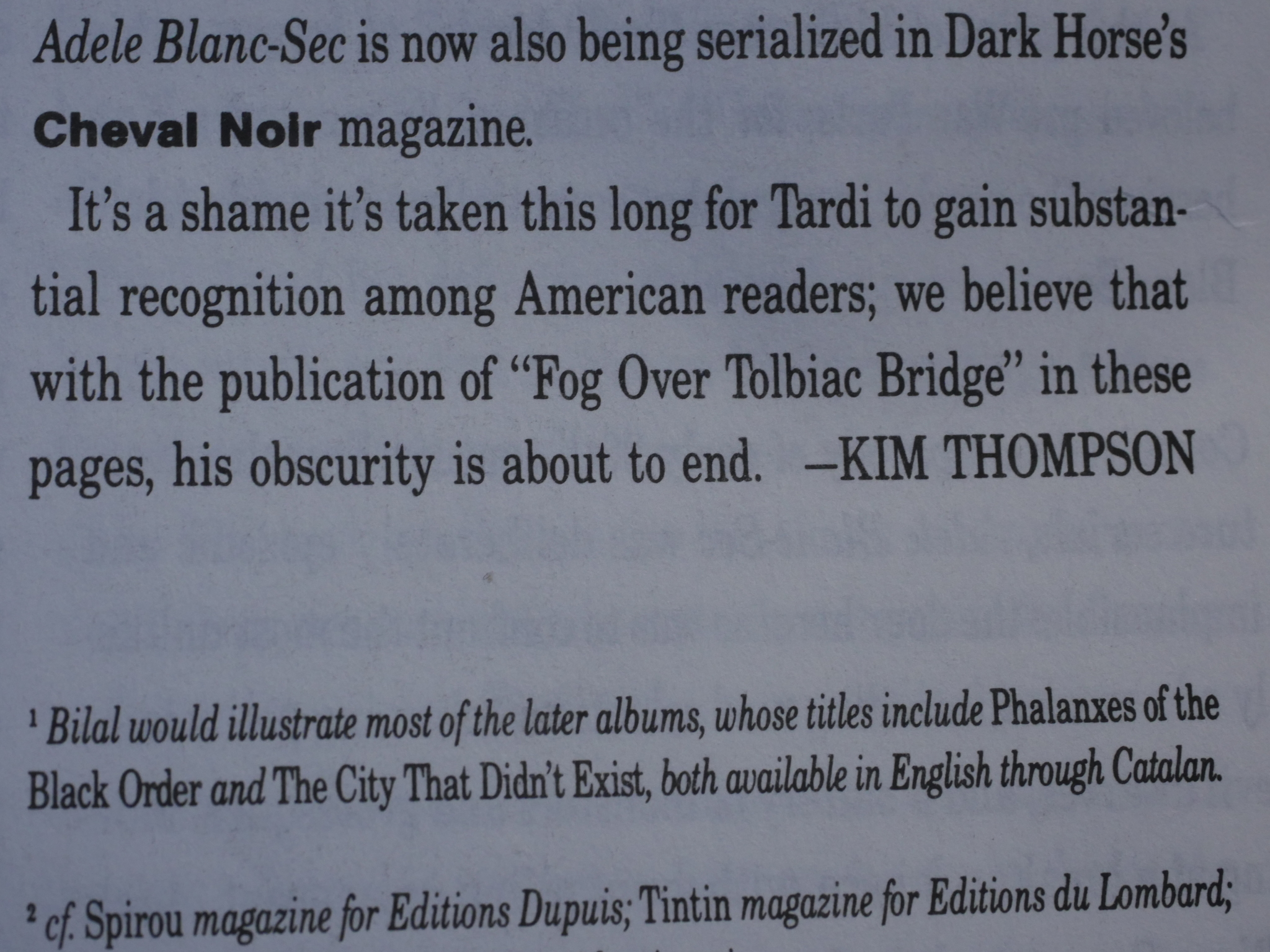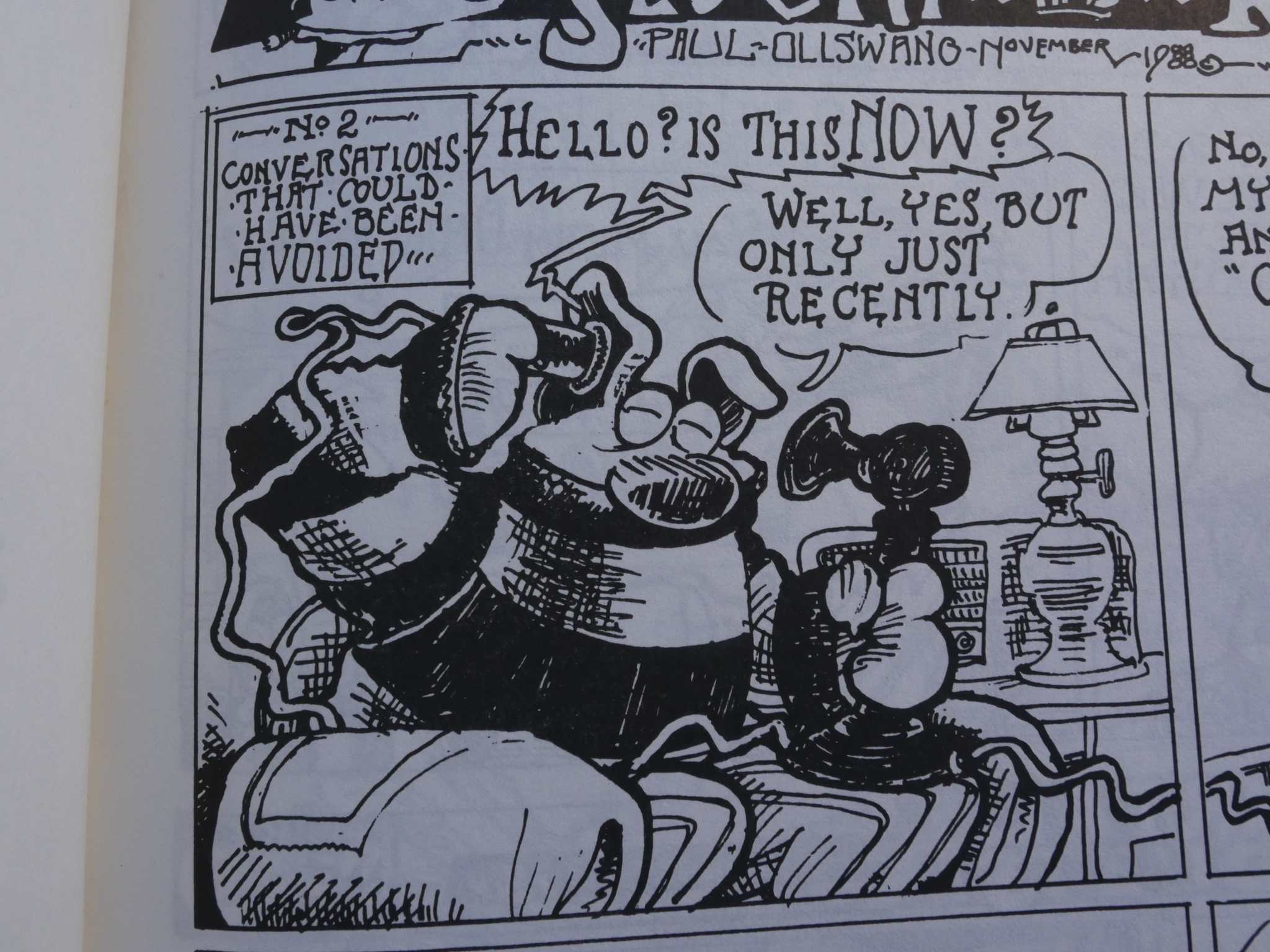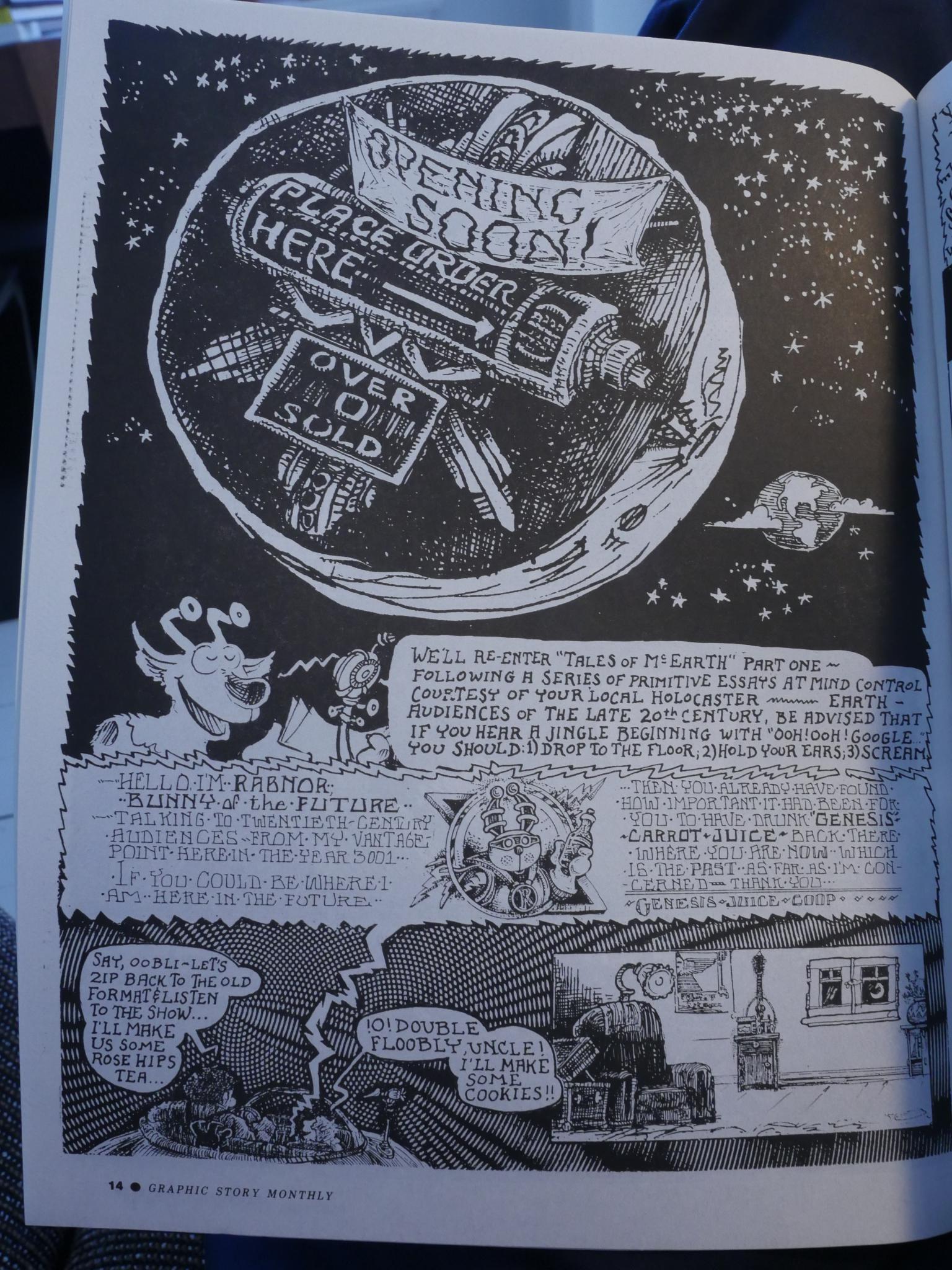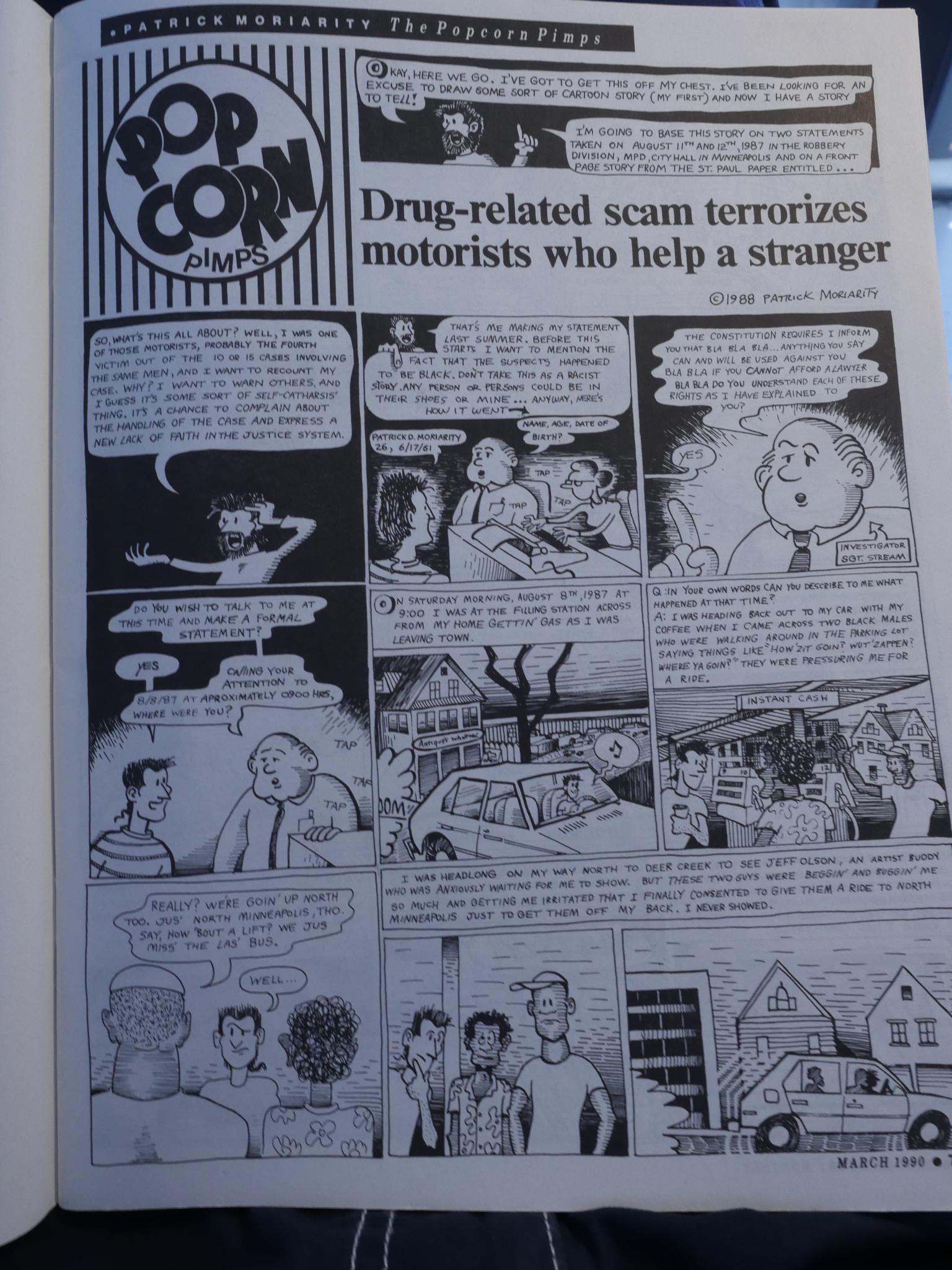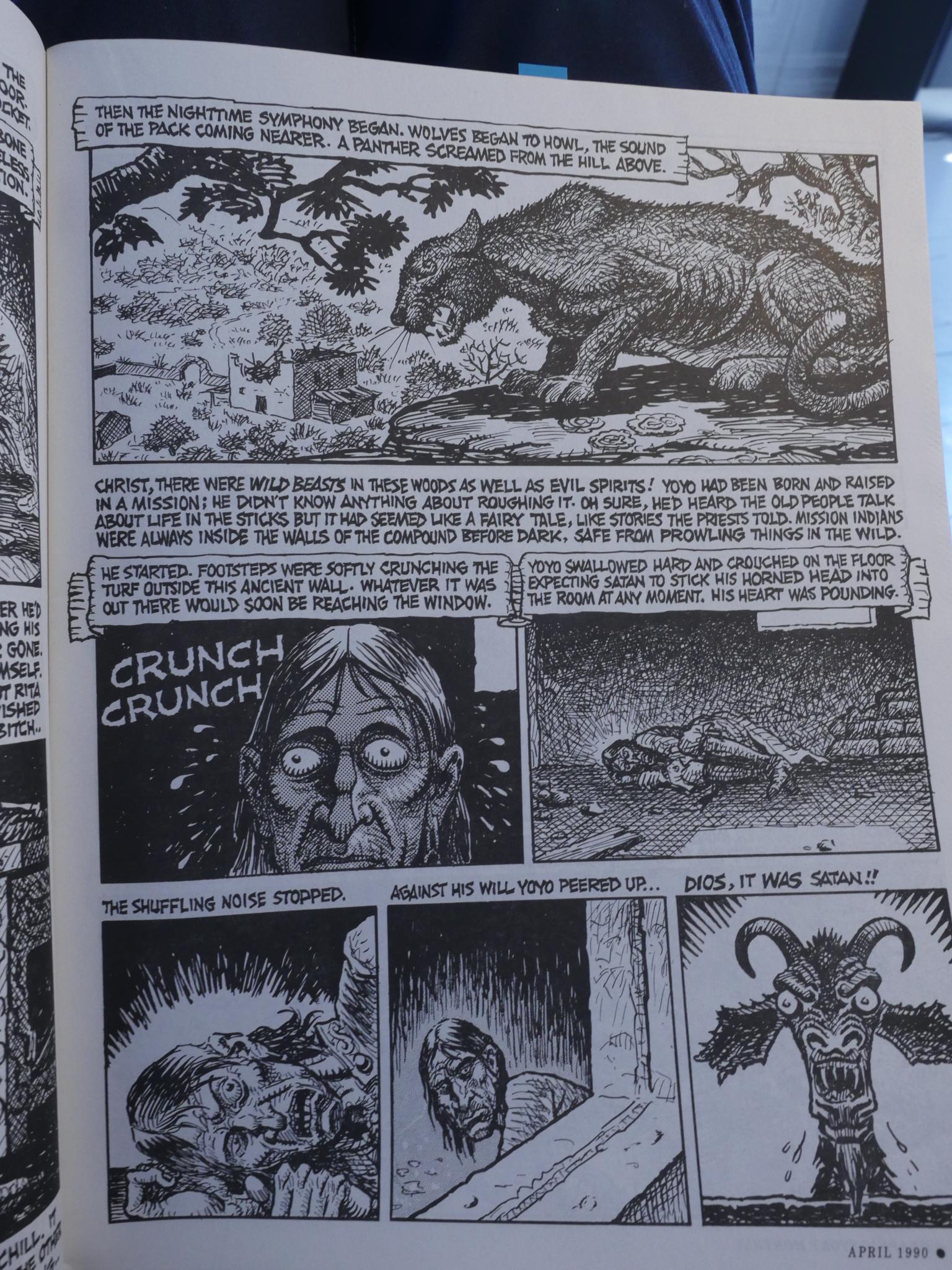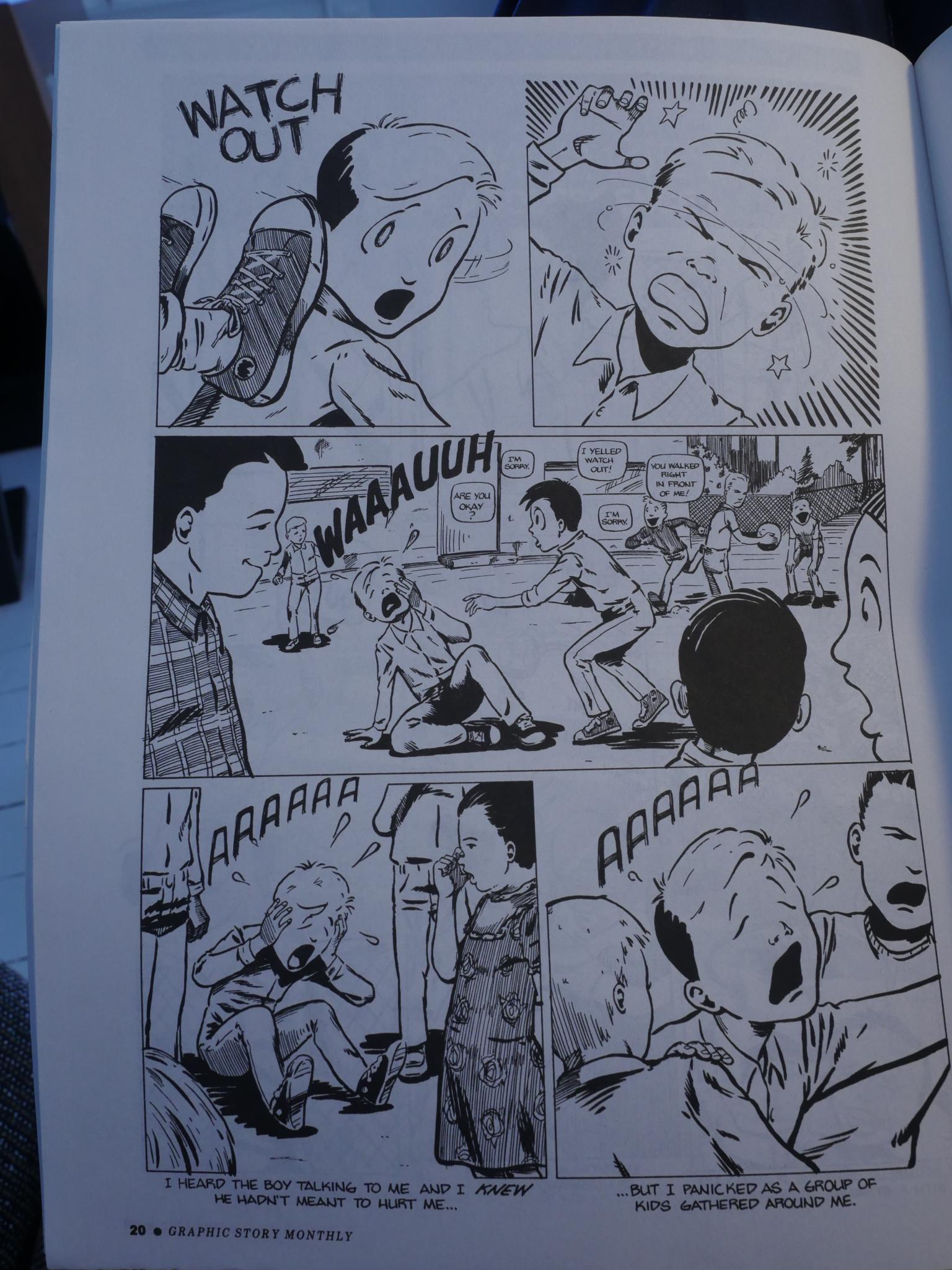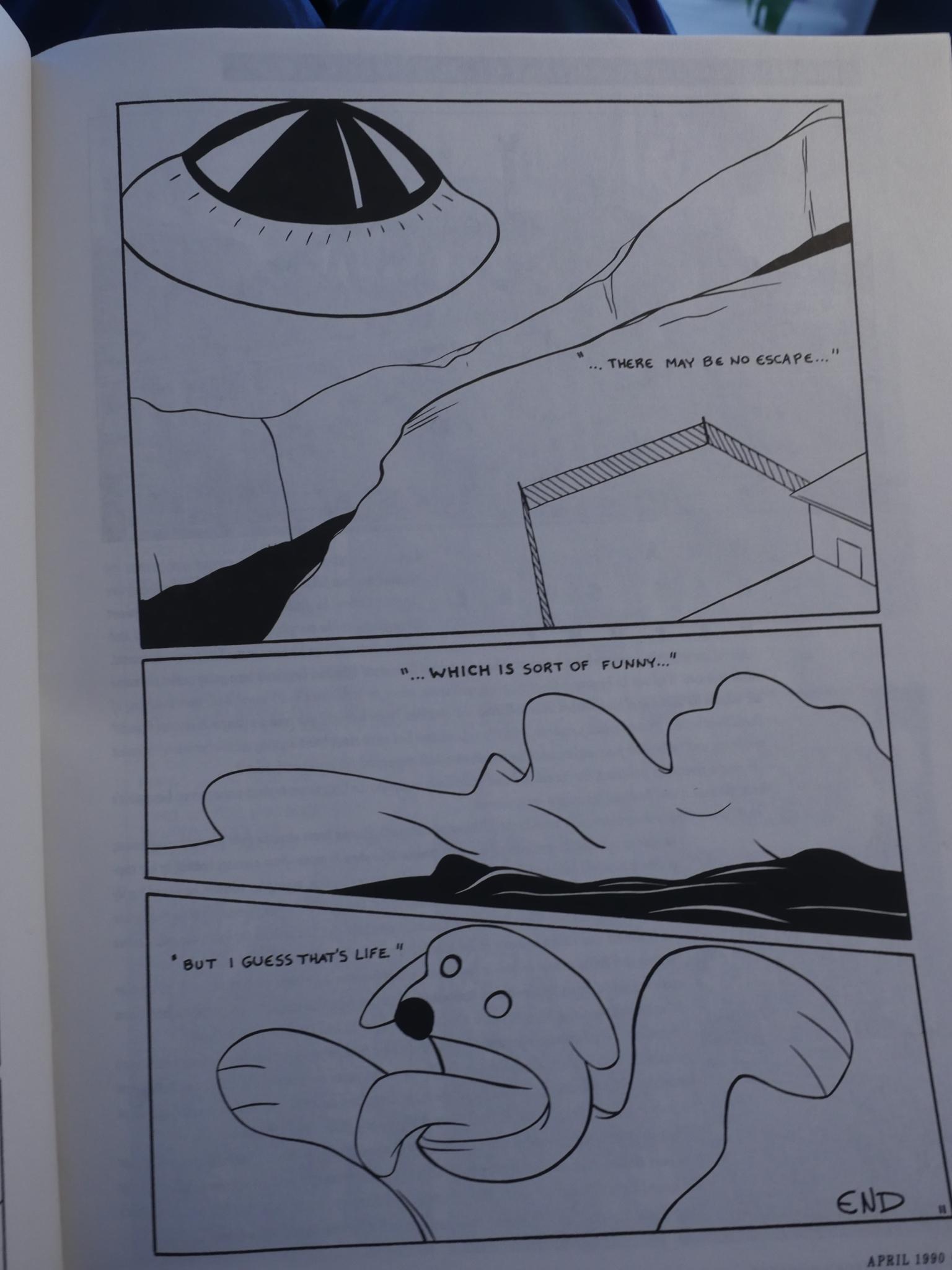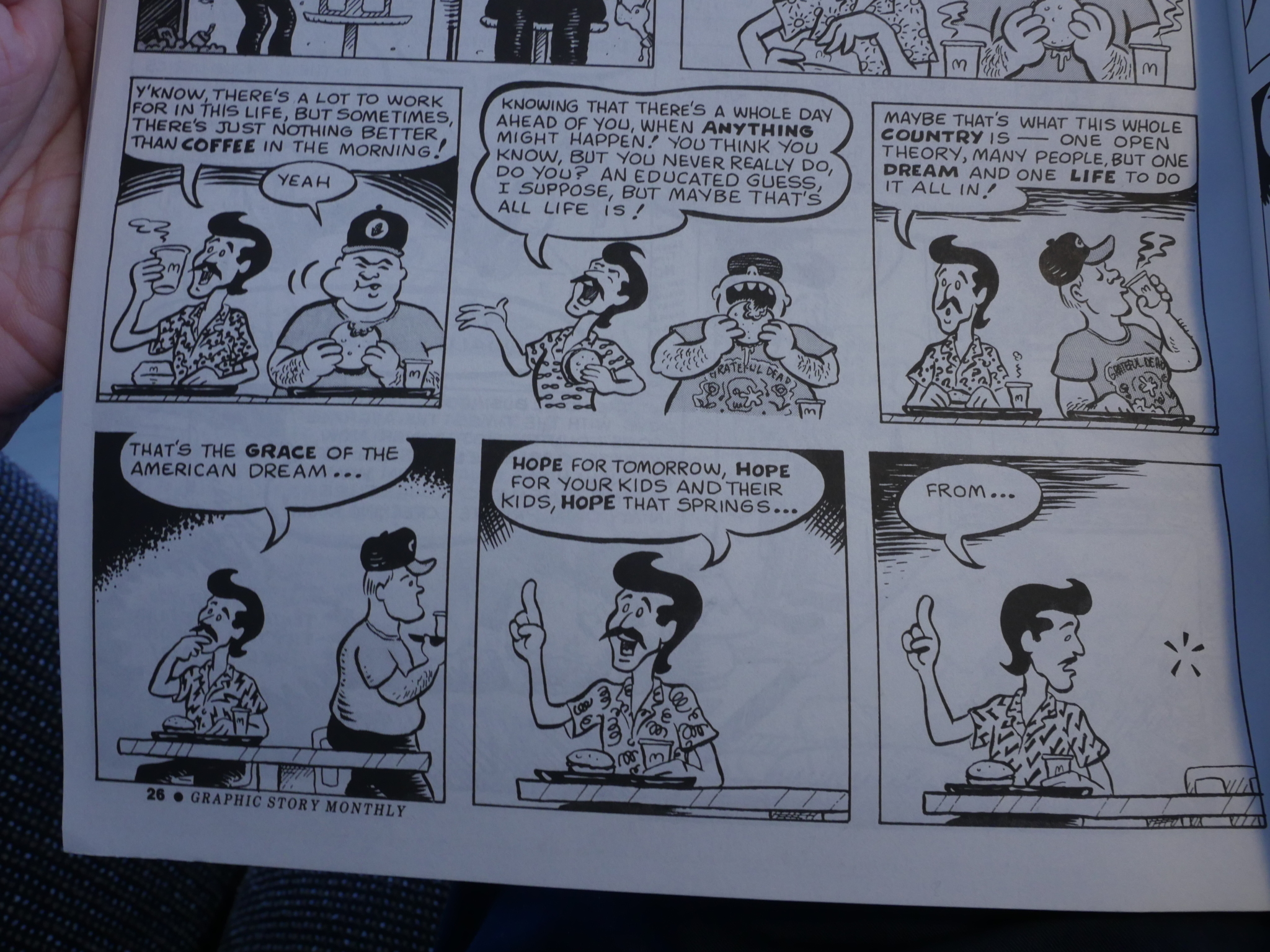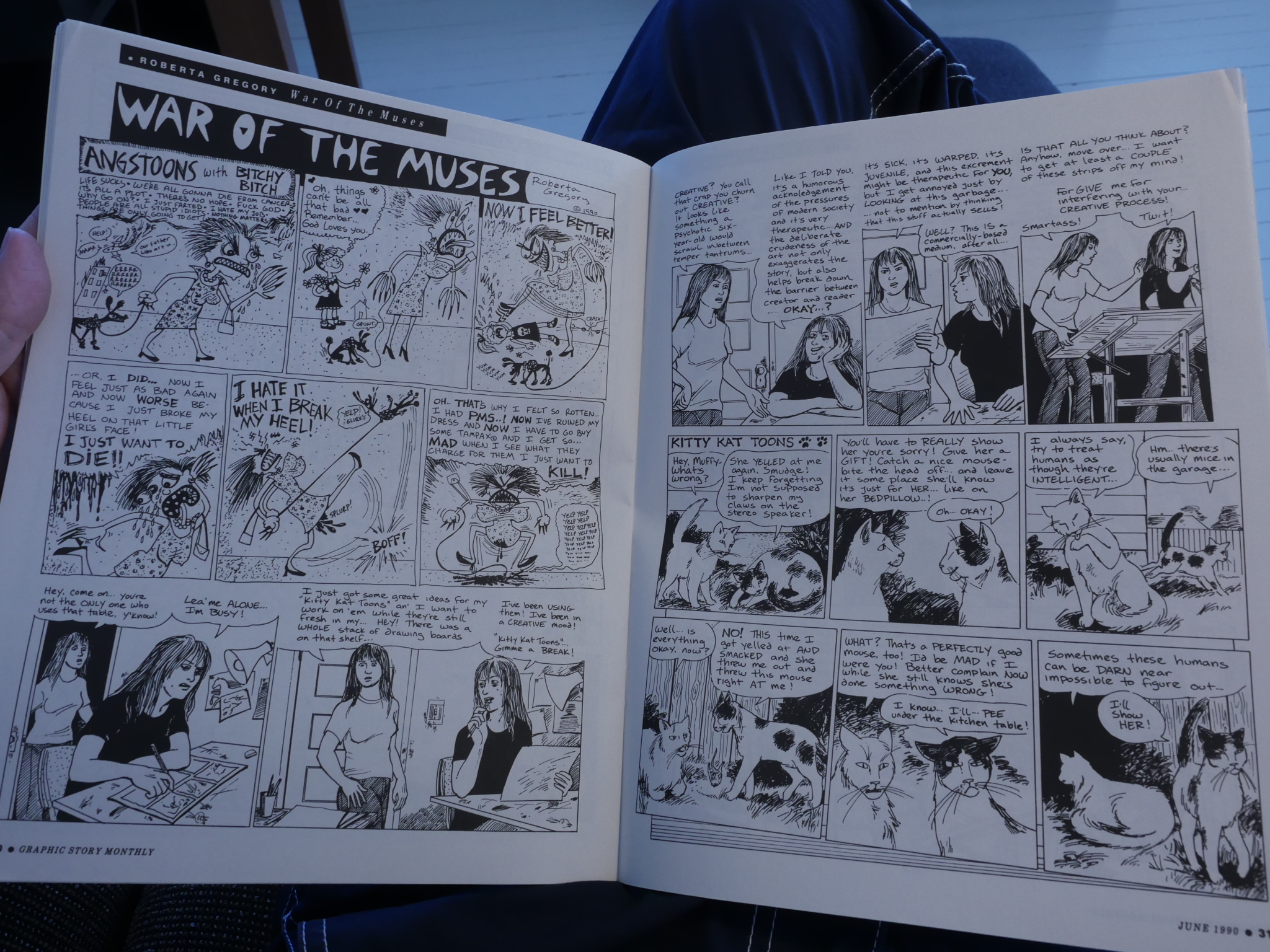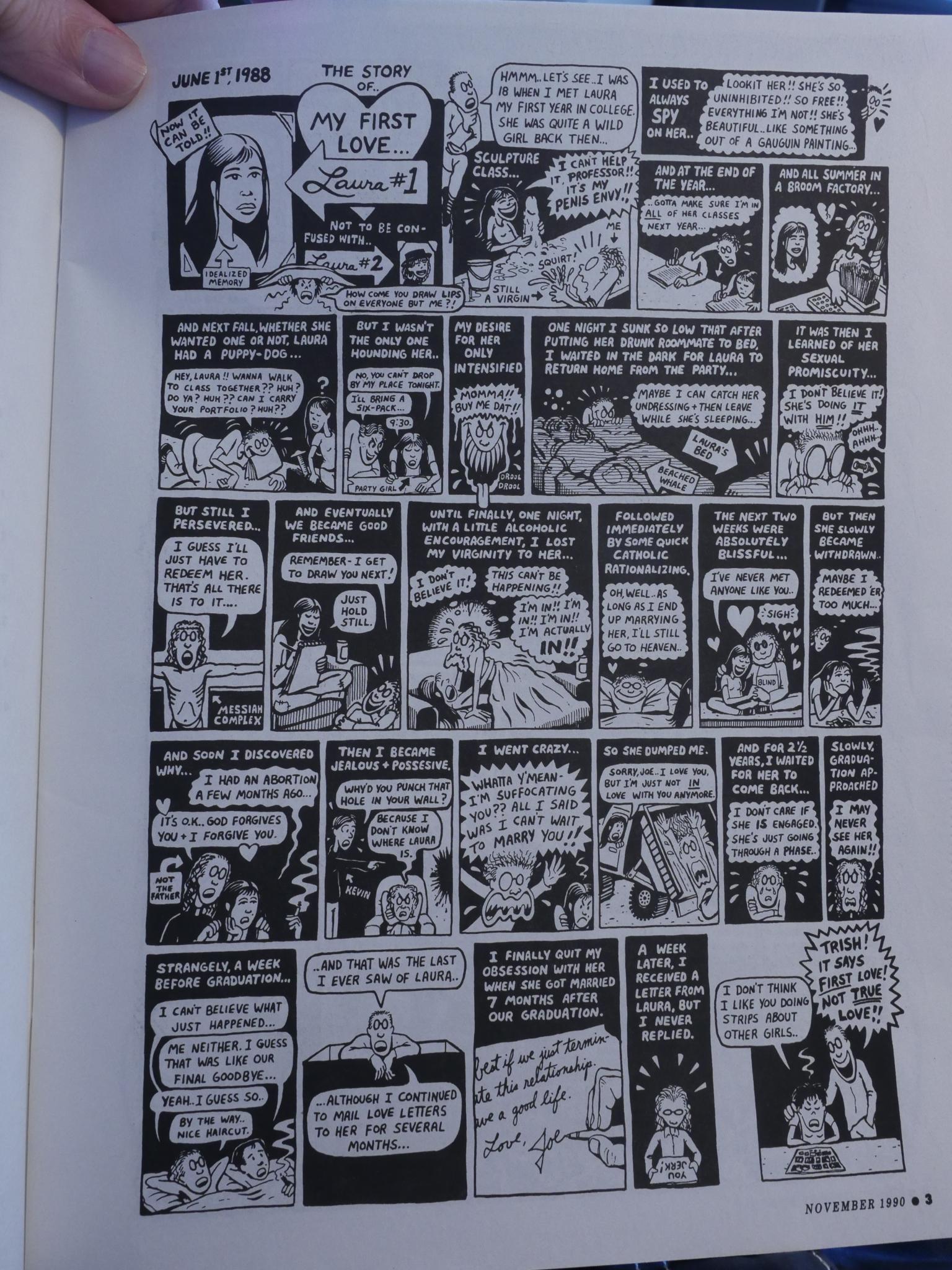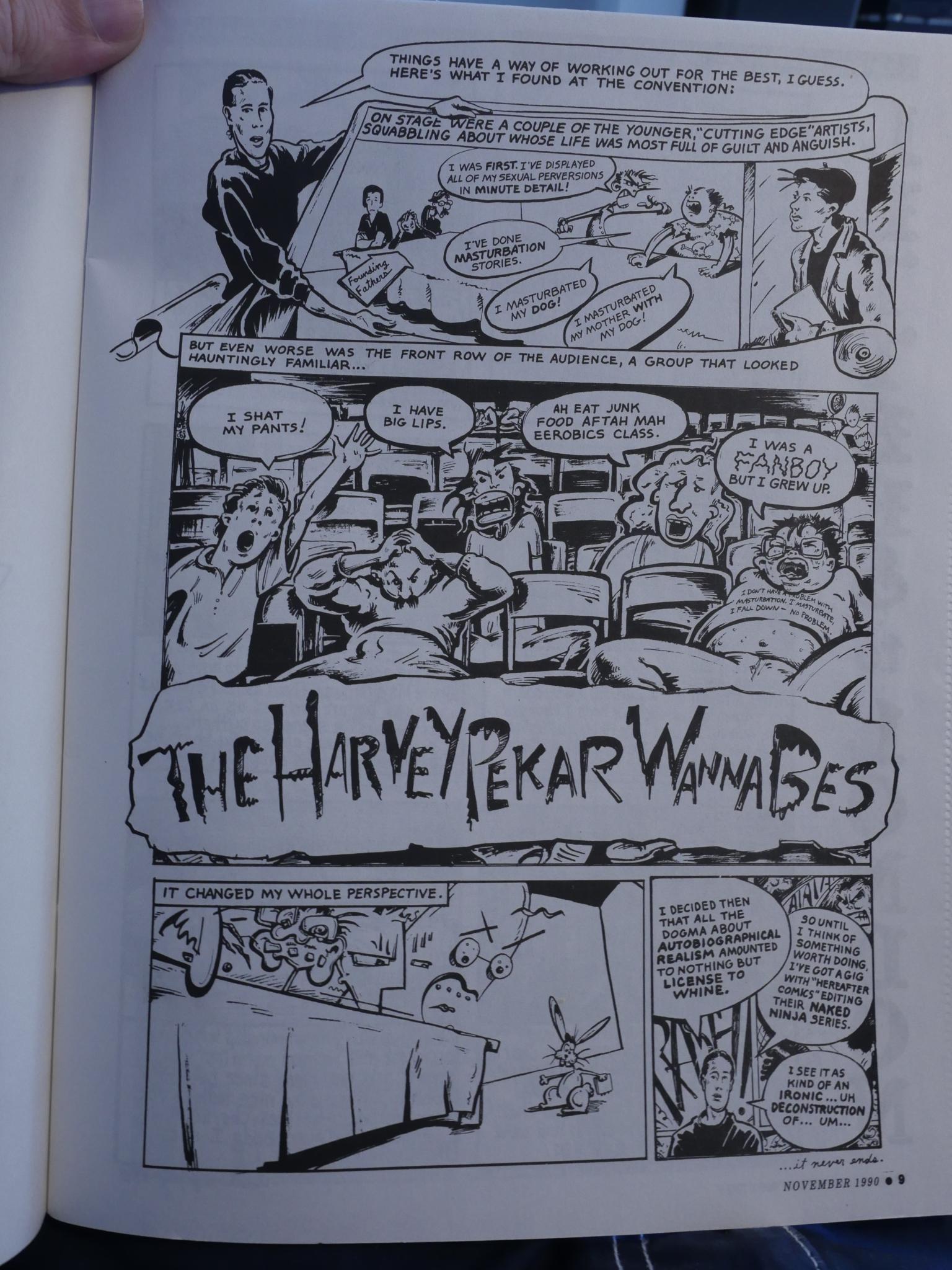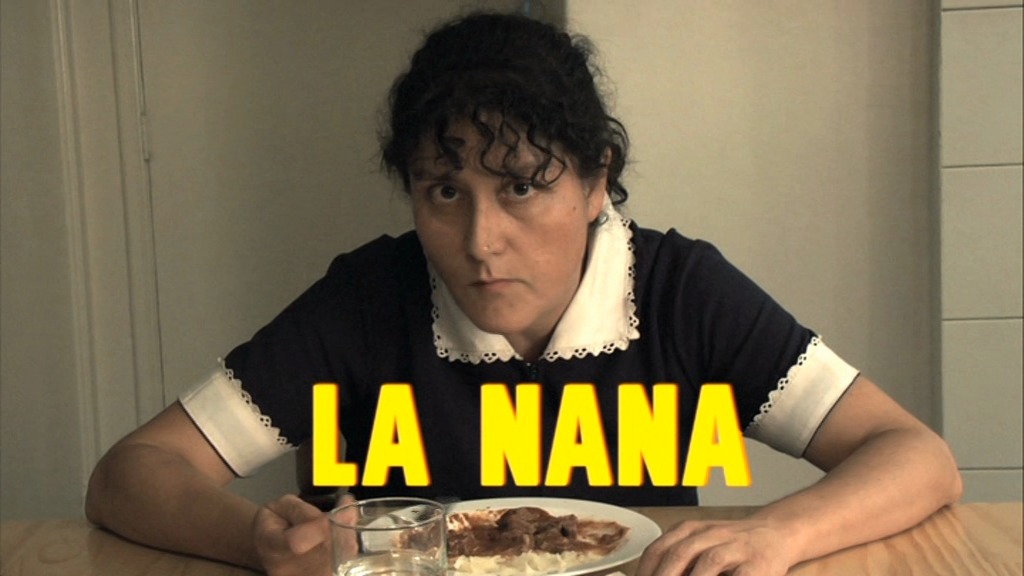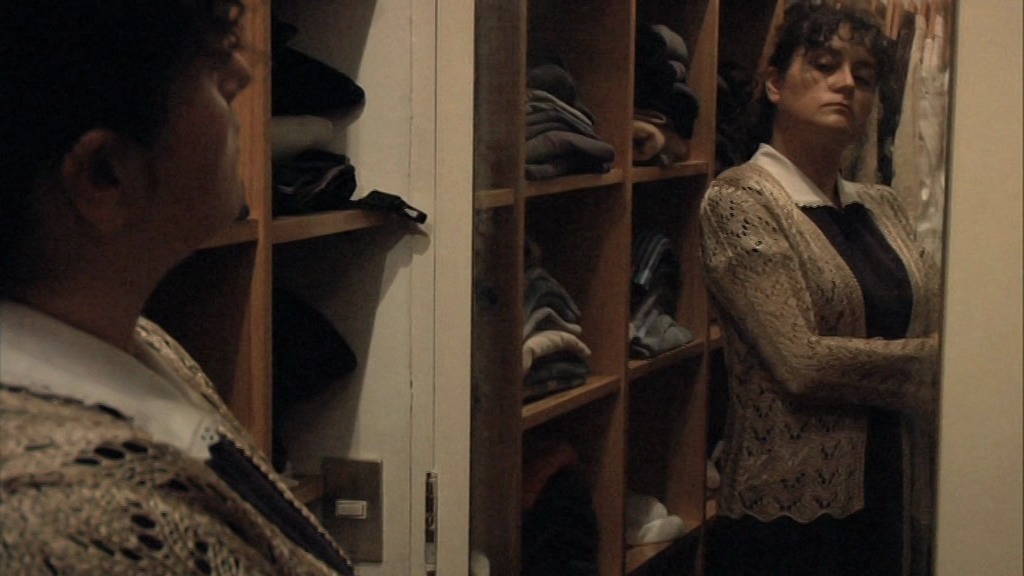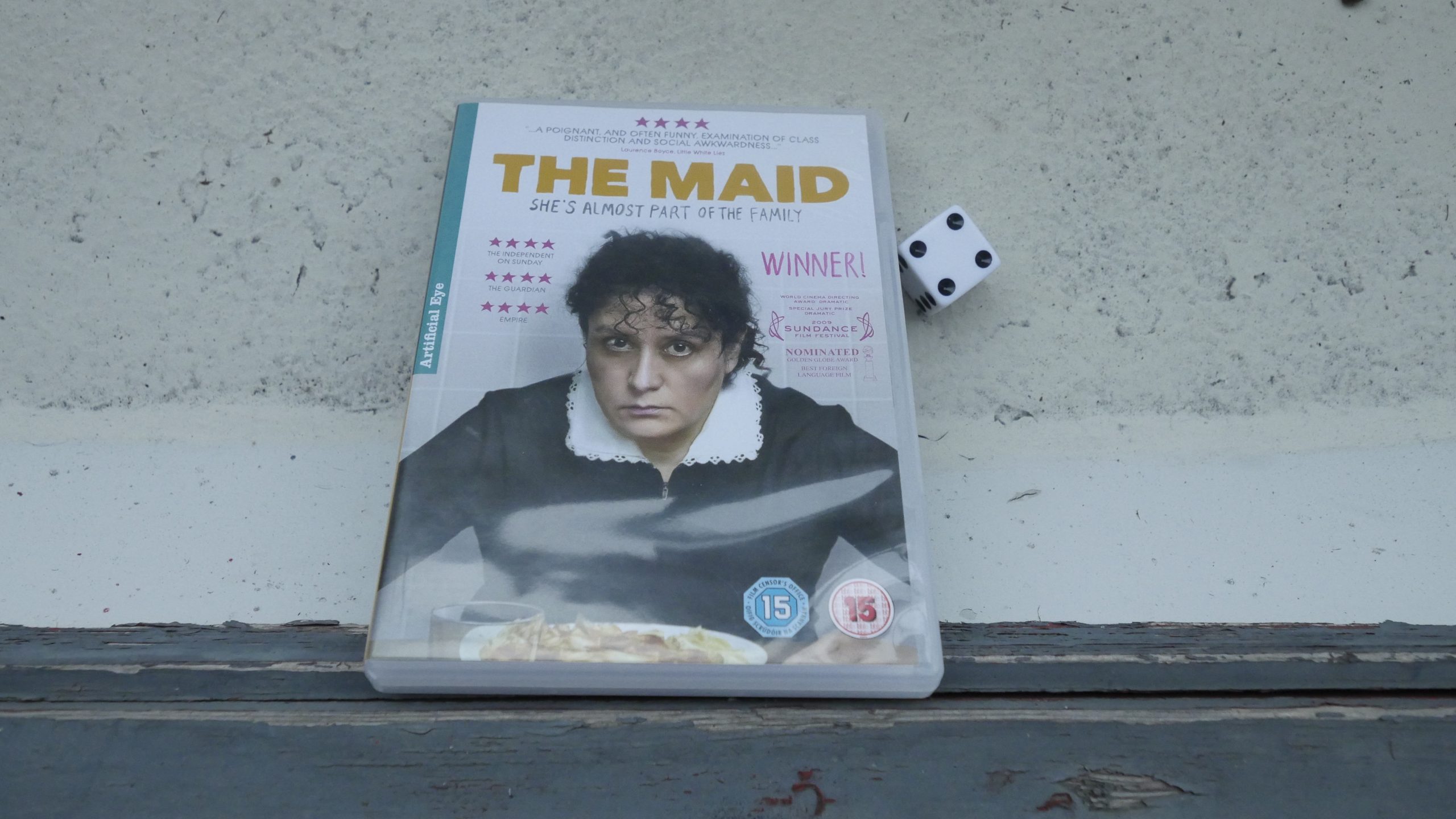In 2002, I grew annoyed with not finding the obscure technical information I was looking for, so I started Gmane, the mailing list archive. All technical discussion took place on mailing lists those days, and archiving those were, at best, spotty and with horrible web interfaces.
The past few weeks, the Gmane machines (and more importantly, the company I work for, who are graciously hosting the servers) have been the target of a number of distributed denial of service attacks. Our upstream have been good about helping us filter out the DDoS traffic, but it’s meant serious downtime where we’ve been completely off the Internet.
Of course, there are ways to try to mitigate all this: I’m moving the Gmane servers off of my employer’s net, and I’m putting Cloudflare in front of the Gmane web servers.
But I ask myself: Is this fun any more?
Running a mailing list archive means, of course, that people want stuff removed from the archive, so I’ve apparently been sued in India (along with Google and Yahoo) (and I’m never going there: I might be sentenced. I don’t know). And I’m the Internet Help Desk, which is nice, but confusing. And all the threats of “legal action” are, well, something.
And now the DDoS stuff, which I have no idea why is happening, but I can only assume that somebody is angry about something.
Probably me being a wise ass.
So… it’s been 14 years… I’m old now. I almost threw up earlier tonight because I’m so stressed about the situation. I should retire and read comic books and watch films. Oh, and the day job. Work, work, work. Oh, and Gnus.
I’m thinking about ending Gmane, at least as a web site. Perhaps continue running the SMTP-to-NNTP bridge? Perhaps not? I don’t want to make 20-30K mailing lists start having bouncing addresses, but I could just funnel all incoming mail to /dev/null, I guess…
The nice thing about a mailing list archive (with NNTP and HTTP interfaces) is that it enables software maintainers to say (whenever somebody suggests using Spiffy Collaboration Tool of the Month instead of yucky mailing lists) is “well, just read the stuff on Gmane, then”. I feel like I’m letting down a generation here. And despite what I rambled about in that paragraph up there, I’ve had many fun interactions with people because of Gmane. And lots and lots and lots of appreciative feedback over the years.
*sigh*
But there’s The Mail Archive. Those guys are doing a good job. If The Mail Archive had been as good in 2002 as it is now, I probably wouldn’t have started Gmane.
I’m open to ideas here. If somebody else wants to take over the concept, I can FedEx you a disk containing the archive (as an NNTP spool). I’ve written a lot of software for Gmane, but it’s all quite site specific and un-documented. And the web interface was written in, like, 2004, so it’s way way way un-Web 2.0-ey and shiny. You’re probably better off implementing this stuff from scratch.
Oh, and along with the spool you’ll get the gmane.conf file which has the mailing list->NNTP mapping.
I can’t really recommend the job, though. It sucks.
[Update: See this comment.]

